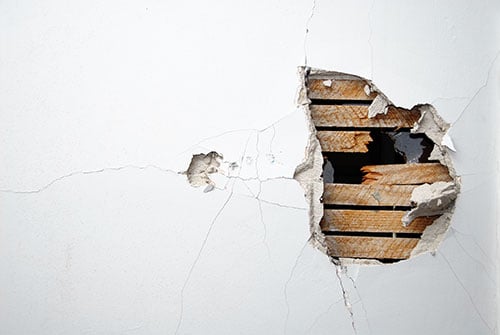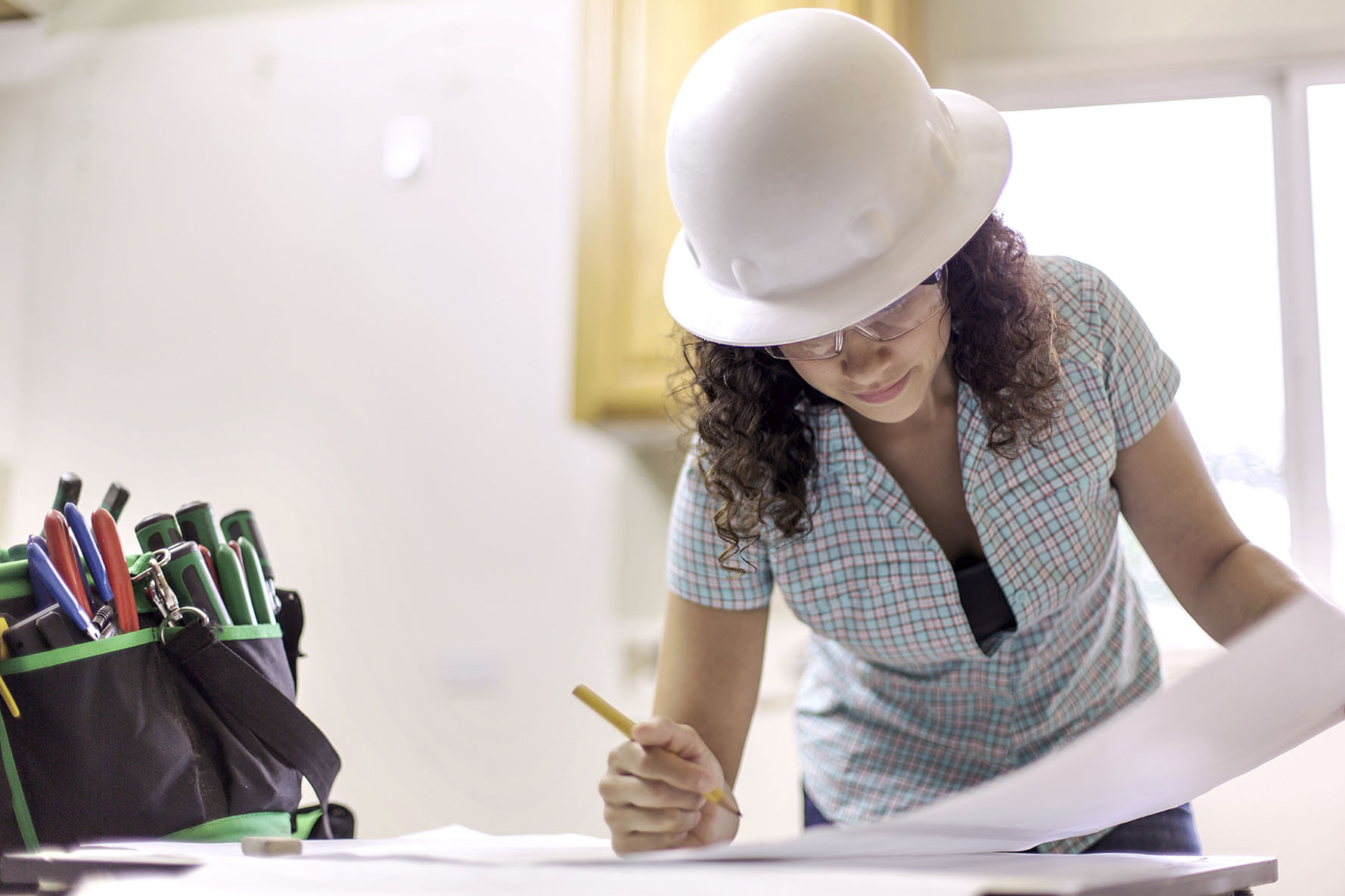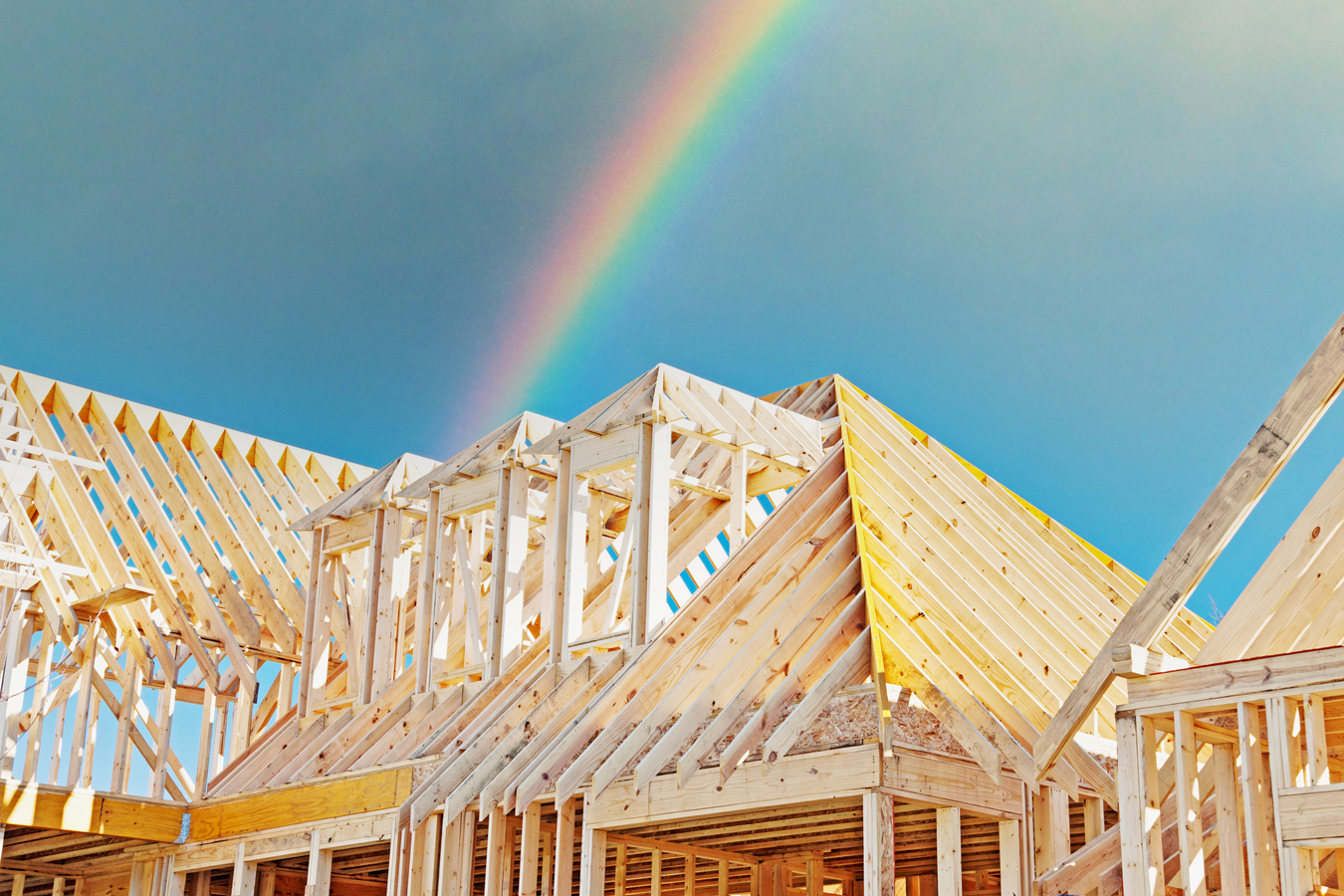-
Compliance and audit reviews
From mandates, best practice procedures or accreditations, to simply gaining peace of mind, our technical and industry experts have you covered.
-
External audit
Strengthen business and stakeholder confidence with professionally verified results and insights.
-
Financial reporting advisory
Deep expertise to help you navigate New Zealand’s constantly evolving regulatory environment.
-
Corporate tax
Identify tax issues, risks and opportunities in your organisation, and implement strategies to improve your bottom line.
-
Indirect tax
Stay on top of the indirect taxes that can impact your business at any given time.
-
Individual tax
Preparing today to help you invest in tomorrow.
-
Private business tax structuring
Find the best tax structure for your business.
-
Tax disputes
In a dispute with Inland Revenue or facing an audit? Don’t go it alone.
-
Research & development
R&D tax incentives are often underused and misunderstood – is your business maximising opportunities for making claims?
-
Management reporting
You’re doing well, but could you be doing even better? Discover the power of management reporting.
-
Financial reporting advisory
Deep expertise to help you navigate New Zealand’s constantly evolving regulatory environment.
-
Succession planning
When it comes to a business strategy that’s as important as succession planning, you can’t afford to leave things to chance.
-
Trust management
Fresh perspectives, practical solutions and flexible support for trusts and estate planning.
-
Forecasting and budgeting
Prepare for every likely situation with robust budgeting and forecasting models.
-
Outsourced accounting services
An extension of your team when you need us, so you can focus your time, energy and passion on your business.
-
Setting up in New Zealand
Looking to set up a business in New Zealand? You’ve come to the right place.
-
Policy reviews & development
Turn your risks into strengths with tailored policies that protect, guide and empower your business.
-
Performance improvement
Every business has untapped potential. Unlock yours.
-
Programme & project management
Successfully execute mission-critical changes to your organisation.
-
Strategy
Make a choice about your vision and purpose, where you will play and how you will win – now and into the future.
-
Risk
Manage risks with confidence to support your strategy.
-
Cloud services
Leverage the cloud to keep your data safe, operate more efficiently, reduce costs and create a better experience for your employees and clients.
-
Data analytics
Use your data to make better business decisions.
-
IT assurance
Are your IT systems reliable, safe and compliant?
-
Cyber resilience
As the benefits technology can deliver to your business increases, so too do the opportunities for cybercriminals.
-
Virtual asset advisory
Helping you navigate the world of virtual currencies and decentralised financial systems.
-
Virtual CSO
Security leadership and expertise when you need it.
-
Debt advisory
Raise, refinance, restructure or manage debt to achieve the optimal funding structure for your organisation.
-
Financial modelling
Understand the impact of your decisions before you make them.
-
Raising finance
Access the best source of funding for your business with a sound business strategy and rigorous planning.
-
Business valuations
Valuable decisions require valued insights.
-
Complex and international services
Navigate the complexities of multi-jurisdictional insolvencies.
-
Corporate insolvency
Achieve fair and orderly outcomes if your business – or part of it - is facing insolvency.
-
Independent business review
Is your business viable today? Will it be viable tomorrow? Give your business a health check to find out.
-
Litigation support
Straight forward advice from trusted advisors to support litigation and arbitration matters, expert determinations and other specialist hearings.
-
Business valuations
Valuable decisions require valued insights.
-
Forensic accounting & dispute advisory
Understand the true values, numbers and dollars at stake, as well as your obligations and rights to ensure value is preserved and complexities are managed.
-
Expert witness
Our expert witnesses analyse, interpret, summarise and present complex financial and business-related issues which are understandable and properly supported.
-
Investigation services
A fast and customised response when misconduct occurs in your business.

Insurance pay-outs will create much needed stimulus
While the initial cost of the damage is staggering, insurance proceeds will help to spur economic activity at a time when work is drying up. This is especially true for the contractors who will be tasked with the repair and reconstruction of damaged buildings, roads and other infrastructure.
Questions are now being asked about who will carry out the work – is there enough labour? The answer is – all are welcome. I anticipate a significant migration of construction businesses and tradies occurring to help with the increased demand, in fact, one of our clients grew a successful construction firm in Christchurch after the earthquakes, and they’re now looking to expand operations in Auckland.
The increased demand for services will result in job creation and an uptick in economic activity. This, in turn, will have a ripple effect in other sectors such as construction materials, transportation, and retail.
A prime opportunity to create innovative, future focussed cities
The next big opportunity is how we work with these key industry players to ensure the rebuild effort will improve infrastructure, and most importantly, produce sustainable outcomes to help deal with the impact of climate change.
This is a chance for New Zealand to make investments in new technologies, materials, and building practices that will make the country more resilient to future weather events.
For example, consideration could be given to the development of low impact development (LID) stormwater management systems. LID systems aim to mimic the natural hydrology of an area by using techniques like permeable pavements, green roofs, and rain gardens to slow and filter runoff before it reaches the stormwater system. These innovative approaches can improve water quality, reduce the risk of flooding, and create attractive green spaces in urban areas.
And in terms of our urban areas, we need to stop taking short cuts by turning rural land into homes miles away from the central city, and build better cities for our modern lifestyles supported by more contemporary public transport systems.
When Christchurch was devastated by the earthquakes, this prompted a review of urban planning and the city has since made significant changes to its zoning and building methods to reduce the risk of damage from future earthquakes – and in just over ten short years Christchurch has emerged as an innovative and resilient city. Auckland needs to adopt similar practices to ensure new developments are better prepared for future natural disasters.
With determination, hard work, and some clever thinking, we can emerge from this tragedy even stronger and more resilient. Everyone from regulators, businesses, homeowners and the construction sector has a role to play here, otherwise, how many more natural disasters need to happen before we all take meaningful action?




